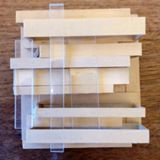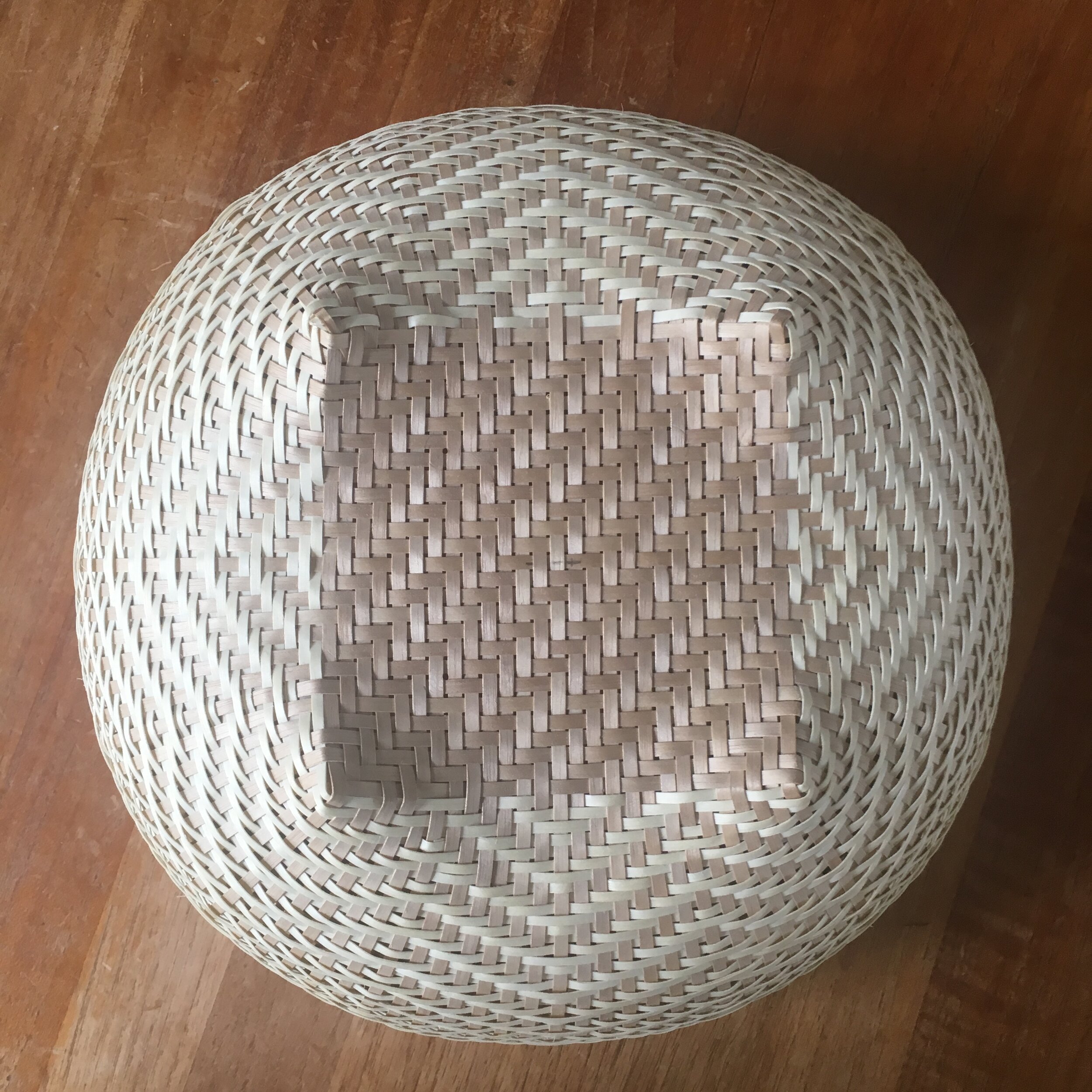Stowe Basketry Festival
In May 2019, I traveled to Stowe, Vermont for two days of basket weaving with Joann Kelly Catsos. This would be the second class that I would take with Joann; the first at the Arrowmont School in 2016. You can read about that experience here. This new course would be my re-introduction to basket weaving having not woven over most of the past year due to a focus on work.
Snowflake Bowl - black ash, approximately 9” round
The weaving project for this class would be what Joann calls, “Large Snowflake Basket.” It is an octofoil, meaning that its waving pattern in based in the number 8. Looking at the images, you can readily see where the name “snowflake” comes from. The basket is woven with black ash prepared by Joann and her husband, Steve Catsos.
The darker stakes (verticals) are black ash heartwood found at the center of the tree, while the weavers (horizontals) are black ash sapwood found at the perimeter. The contrast is striking but will only last about 5 years as over time the colors will mellow and eventually become a darker yellow.
Our weaving room at the Trapp Family Lodge
This reintroduction was exactly what I was hoping for. Joann is a calm and patient teacher. She guided me step by step as needed to successfully create the attached bowl. As helpful, was being surrounded by other basket weavers. They were all enthusiastic about the craft and that energy helped me to reconnect to the work.
As I had hoped, this class became a jumping off point for other related work. Upon returning to Maine, I used the lessons learned to start exploring alternative forms and patterns using the black ash.
The first experiment upon returning to Maine was one of form. I continued to work with the octofoil pattern but changed the form of the basket. This meant removing the basket from the form and finishing the weaving free hand. This iteration is taller, and has a more rounded final form. This proved to be great practice weaving both on and off the mold.
The next basket in this series pushed both form and pattern. The type of pattern on this basket is called a ‘twill.’ A twill weave is any weave that goes over or under more than one stake at a time. This can create a wide variety of patterns and that is what I set out to explore in the next iteration of this basket.
To begin the exploration of pattern, I laid out the number of stakes (verticals) by the number of horizontal weaving rows that I would have to work with on graphing paper. I got these numbers from the previous iteration, learning from the size and scale of that form. This allowed me to draw the pattern, explore solid and void, light and dark, and understand much of the weaving before starting. This proved to be much more challenging that I anticipated because the weaving must align as one weaves up the basket.
Next I made several iterations of patterns on paper, settling on the one seen here. To my eye, it represents a mountain range with a series of different objects - maybe a star - hovering overhead. If you look closely, you will see that each side of this basket has a differently woven ‘star’. I used this as an opportunity to explore what would result from differing weavings. In some ‘stars’ the verticals, or darker heartwood, is more prominent. In others, the horizontals, or lighter sapwood, is prominent.
This study will continue with further exploration of form and pattern as I have materials for two more baskets of this size, and materials for three baskets at half this size.





















